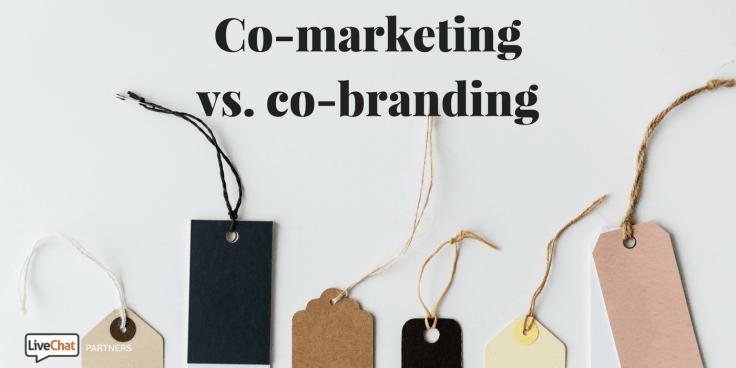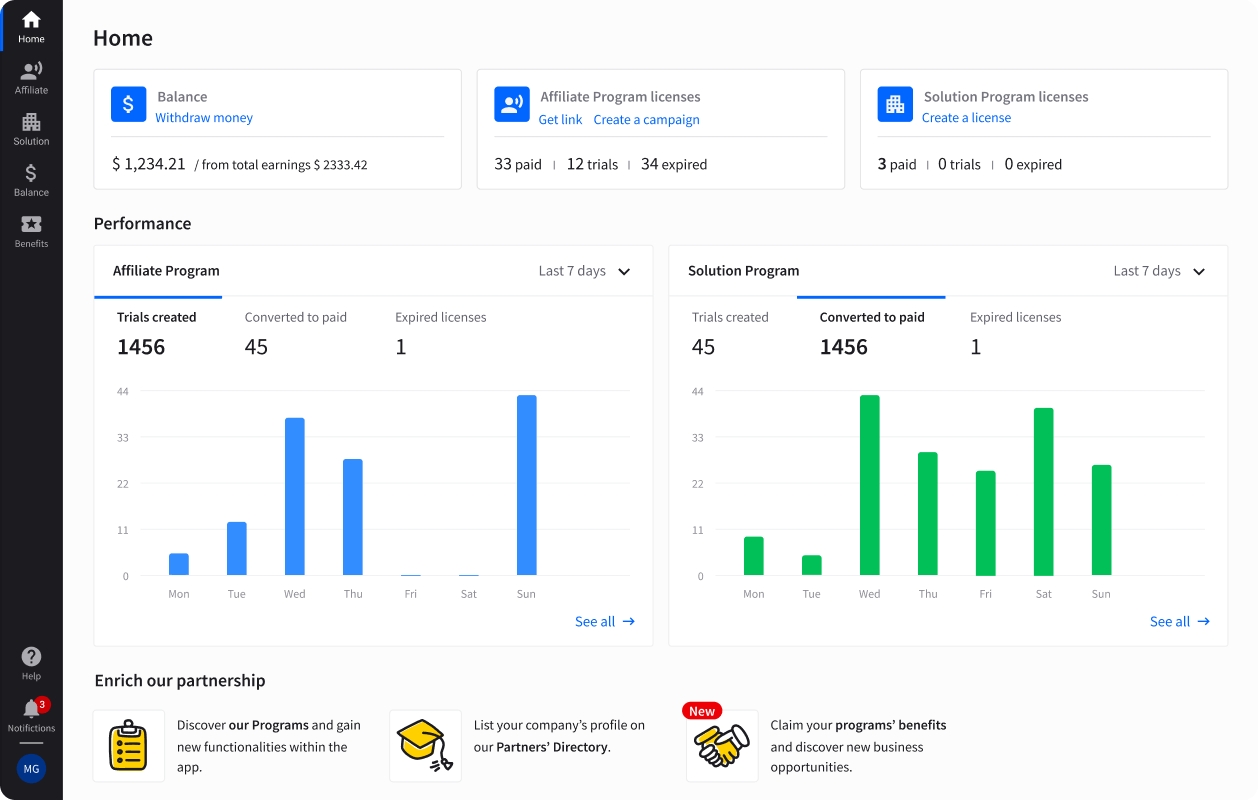Showing top 0 results 0 results found
Showing top 0 results 0 results found

Partnering up with another company can seriously kick off your business growth and open it up to new opportunities and new audiences.
Now, you may be wondering which type of collaboration will be better for your business. Should you invest your time and resources in co-marketing? Or would co-branding be a safer bet?
I’ll explore it in today’s post. But before I start, let’s go through these terms together to see if we’re on the same page.

What is co-marketing
Back in February last year, the news curation platform, Flipboard partnered with Airbnb to create online Airbnb Experience Magazines. Their contents were based on the campaign the latter brand built around their then freshly-introduced service called Airbnb Trips where instead of just booking an apartment or a house to stay in, you can reserve an ‘experience’, such as a local cuisine class, a tour well outside the usual touristy paths, or a run with a local group of joggers.
Together with Airbnb, Flipboard published four magazines/city guides to Detroit, Miami, San Francisco and Los Angeles complete with 36 Storyboards. Each Storyboard had an image poster that you could tap on, a photo gallery and a vertical video, plus links to Airbnb ‘experiences’.
The companies also offered one lucky reader on an all-paid trip to one of a destination of their choice - all they had to do is leaving a ‘heart’ on one of the features from the magazines.
Take a look at the video series both brands also created to promote their co-marketing partnership at their Airbnb Open event:
The campaign was widely commented online with a reach of over 39 million impressions in one month, a click-through rate (CTR) of 4%, and over 69 thousand ‘hearts’ added to the Airbnb profile on Flipboard.
As you can see, this co-marketing collaboration was beneficial to both Airbnb and Flipboard. They’ve been able to not only introduce a product to their audiences but what’s even more important, bring value to them and create something meaningful. That’s precisely what you should strive for when embarking on a business partnership.
Looking for more examples? You can take a look at our free sales ‘A Complete Guide to Online Sales’ ebook we co-created with our partner, The Chat Shop a while ago. I’ve also mentioned it in one of my recent articles on cross-promotion techniques.
What forms of co-marketing could you take advantage in your advertising efforts?
- An ebook;
- A survey;
- A guest post;
- An event (both online such as conferences or offline including webinars and online meetups);
- A video.
These are just a few examples, I highly encourage you to get creative with your marketing campaigns as possibilities are endless there.
What is co-branding
Co-branding is an advertising practice where two brands come together to create a product or a service which is then introduced to just one audience. It may sound vague for your right now, but here’s an example.
One of the most known co-branding collaboration is the one between Nike and Apple. It was introduced back in 2006 and since then, both brands brought to the market various co-branded products, including a series of Nike+ Apple smartwatches and running trainers with movement-activated tracking and the possibility to connect them with Apple devices, including the now discontinued iPod Nano. Just take a look at their early TV commercial:
As of 2018, the companies are still working together, despite the reports of the partnership being on the rocks. Although both partners have not released any accounts on the financial and advertising benefits, we can assume that the collaboration has been of value to both of them.
What’s interesting, co-branding can be great if you’d like to build a specific perspective on your business. One of the best examples of this approach is the collaboration between reusable cups producer, KeepCup and a marine conservation charity, Sea Shepherd. They’ve recently partnered up again to create cups line for this year’s Plastic Free July. 100% of the sales will go to supporting the case.

KeepCup present themselves as a business that cares about the environment and sustainability, so this partnership can only strengthen the message and give their brand awareness a boost. As you may have noticed, co-branding is sometimes more about how you’d like to be seen by your potential customers and far less about selling more products.
What’s the difference between co-marketing and co-branding
Although co-marketing and co-branding are pretty similar terms, you may have noticed that they’re actually not the same.
Now, it may sound obvious, but the main difference between the two lays in the outcome. While co-marketing is all about two brands working together to bring value to both brands’ audiences, co-branding will be great if you’d like to test out a new product and see how well it will be received by a group that doesn’t consist of your followers.
Which one should you choose for your business
You may be wondering: will co-marketing or co-branding will be better for my business? To help you with making this decision, here’s a list of things to consider:
- Co-marketing will be ideal for you if you’re looking for ways to grow your business and you’re in a position to put in the time as well as advertising efforts to make sure the collaboration is successful.
- Co-branding is worth looking into if you have a product idea that may not be the best fit for your current customers, but you know that it’d go well with your partner’s offer and could help you increase your brand awareness among new audiences.
To make sure your business partnership will be successful, you can also check my blog post from on 4 things you should know about your company before starting a partner marketing outreach.
I may be biased here, but if I’d have to bet on just one technique, I’d choose co-marketing over co-branding any day. From my perspective, it feels fresher as a marketing practice, and you can enjoy all the benefits of targeting two audiences at once and an increased reach that goes with it. I can also fully get behind the idea of co-marketing as bringing value to both your and your partner’s customers.
Interested in new co-marketing opportunities? Join our Solution Partner Program and let’s find how we can work together. We’re always open to collaborations, including guest blogs, webinars, and ebooks. You can also reach out with your ideas in the comments below or on Twitter.



